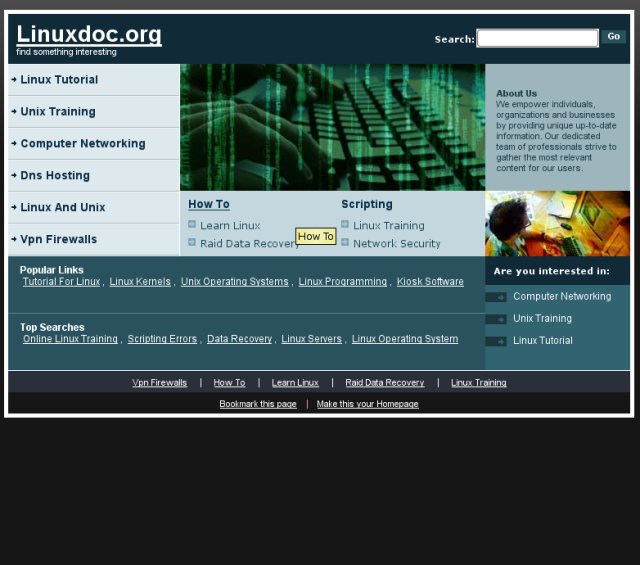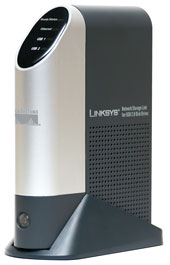I spend a lot of time on trains – I mean a /lot/ of time. My daily commute amounts to around 6 hours in total each day. Of that, at least 4 hours is spent sitting on a train avoiding listening to the cacophony of irritating chunterers and morons on mobiles. The worst period is first thing in the morning when silence is supposed to reign. The regulars know the rules. No chuntering. The most that should happen is a “good morning”. After that, silence. In the morning I need to sleep on the train simply to stay sane. In order to mute the noise I wear earplugs.
Coming home is different. Most people are awake and the ambient noise level is such that sleeping isn’t an option. With that level of noise I can’t concentrate properly to read so for some years I have listened to music and (latterly) watched DVDs. I find that with proper full insertion earphones I can shut out the rest of the world enough to allow me to start to relax and unwind sufficiently that I can arrive home in a mood which won’t involve me shouting at anyone. I now have a huge collection of DVDs (Christmas present? How about the complete series of the first Star Trek, The Outer Limits etc.)
But, DVDs plus laptop are bulky and heavy. For a while I tried a portable DVD player but the battery life is poor and, again it’s pretty bulky when you add a collection of DVDs. Then a colleague suggested a Sony PSP. He said that he could rip 3-4 DVDs to one 2 Gig memory stick and battery life ran to about 7 hours. Neat. I checked out my son’s PSP and found that the screen resolution was pretty good so I invested in one of my own to play with. (For some reason my son wasn’t keen on letting me have his for any length of time).
Because I use Linux, my colleague’s advice on ripping to PSP format wasn’t helpful. A search engine is your friend in such circumstances. I quickly discovered that Sony seem to have been awkward in the format they require for MPEG4 video on memory sticks. The PSP is also fussy about screen resolution and audio and video bitrates. I also found a lot of conflicting (and out of date) advice about where to store the movies once ripped. I guess this is largely because the memory stick file system format has changed since version 2.xx of the firmware (mine is at the latest 3.72, though I started at 3.30). In current firmware revisions (from 3.30 onwards at least) videos must simply be stored in the directory called “video” on the memory stick. The name you give to the file is the name that shows up on screen in the PSP.
The PSP manual says that the maximum supported video bit rate is 768kbps. The native screen resolution is supposedly 480 x 272 with support for 720 x 480 and 480 x 352 available for MPEG-4 AVC(H.264) video Main Profile (AVC CABAC) files since firmware v 3.30. However, I have never successfully /reliably/ converted to resolutions better than 368 x 208 and 320 x 240 using MPEG 4 video. I have had some success at higher resolutions using an h264 codec, but the transcoding process was slow and complex involving ripping from DVD to one format then transcoding again to h264. Life is too short. All my ripping is now done at 320 x 240 for the simple reason that it works consistently for any aspect ratio movie, gives good quality and the output can be resized reliably by the PSP itself (the PSP has several screen scaling modes available – original, normal, full screen and zoom). A resolution of 368 x 208 also works well, particularly for wide screen movies, but the output shows a black band at the top and bottom of the screen and it is not possible to zoom to fill.
Many of my early attempts at ripping and transcoding ended less than successfully. I’ve used transcode (www.transcoding.org/cgi-bin/transcode) in the past, together with dvd::rip (www.exit1.org/dvdrip) but I find transcode very slow and I couldn’t always get a successful conversion. So I changed to using MEncoder with ffmpeg. Most distros will have these installed as standard. If not installed, then your first port of call should be your distro repository, thereafter, try www.mplayerhq.hu for MPlayer/MEncoder and ffmpeg.mplayerhq.hu for the codec.
The MPlayer site itself gives advice on how to rip DVD to a format usable on your PSP at:
www.mplayerhq.hu/DOCS/HTML/en/menc-feat-handheld-psp.html.
There they say:
———————————————————————-
“13.4 Encoding to Sony PSP video format
MEncoder supports encoding to Sony PSP’s video format, but, depending on the revision of the PSP software, the constraints may differ. You should be safe if you respect the following constraints:
– Bitrate: it should not exceed 1500kbps, however, past versions supported pretty much any bitrate as long as the header claimed it was not too high.
– Dimensions: the width and height of the PSP video should be multiples of 16, and the product width * height must be <= 64000. Under some circumstances, it may be possible for the PSP to play higher resolutions.
- Audio: its samplerate should be 24kHz for MPEG-4 videos, and 48kHz for H.264.
Example 13.4. encode for PSP
mencoder -ofps 30000/1001 -af lavcresample=24000 -vf harddup -of lavf -oac lavc -ovc lavc -lavcopts aglobal=1:vglobal=1:vcodec=mpeg4:acodec=aac -lavfopts format=psp input.video -o output.psp
Note that you can set the title of the video with -info name=MovieTitle."
--------------------------------------------------------------------------
Using a variant of that command line in a bash script I find that I can get a standard 2 hour movie down to around 350-550 MB with excellent resolution and audio quality. This means that I can get around 4 movies on a 2 Gig stick. Battery life runs to around 7.5 hours when running off the stick (and not using the UMD).
Note that I scale to 320×240 and specify the language as english (“alang-en”) just to ensure that I don’t get some other language as the audio output – german seems a popular default in my experience. You will need to ensure that your dvd device is correctly specified (mine is /dev/hda below). The track number is critical because you only want to transcode the main DVD track (usually the longest). The quickest way to discover this is to use a neat little util called lsdvd written by Chris Phillips and available from untrepid.com/acidrip/lsdvd.html. Chris has also written a really good graphical tool called AcidRip which acts as a front end to MEncoder/MPlayer. Note that I use “threads=2” as one of the arguments to lavcopts. This is because I use a dual core processor and the ffmpeg libraries are capable of using both processors. The default is single threading.
My script is as follows:
#!/bin/bash
#
# script to encode DVD to MPEG4 video for PSP
#
# $1 = track number, $2 = title
#
mencoder dvd://$1 -dvd-device /dev/hda -alang en -oac lavc -ovc lavc -of lavf -lavcopts threads=2:aglobal=1:vglobal=1:
vcodec=mpeg4:mbd=2:trell:autoaspect:vbitrate=500:acodec=aac -af volume=10,lavcresample=24000 -vf scale=320:240,harddup -lavfopts format=psp:i_certify_that_my_video_stream_does_not_use_b_frames -o $2.mp4
# end of script
[Update note added on 6 June 2008. Since writing this post, both mencoder and ffmpeg have been updated so that the above script will not work without modification. In particular, the “i_certify….” option is no longer supported (or necessary) and the “aac” codec has been supplanted by “libfaac”. So the new script should look like this:
#!/bin/bash
#
# script to encode DVD to MPEG4 video for PSP
#
# $1 = track number, $2 = title
#
mencoder dvd://$1 -dvd-device /dev/hda -alang en -oac lavc -ovc lavc -of lavf -lavcopts threads=2:aglobal=1:vglobal=1:
vcodec=mpeg4:mbd=2:trell:autoaspect:vbitrate=500:acodec=libfaac -af volume=10,lavcresample=24000 -vf scale=320:240,harddup -lavfopts format=psp -o $2.mp4
#
End of update note.]
I have also discovered a really good graphical frontend to ffmpeg called winFF (available from www.bigmatt.com). That utility uses ffmpeg to transcode from one file format to another. The nice thing is that it allows you to define a set of command line parameters to pass to ffmpeg in user friendly format. I successfully used this nice GUI to convert AVI packaged files to MPEG4 and h264 encoded files for my PSP. The biggest drawback for most people is that it doesn’t rip from DVD, it only transcodes.
For encoding to MP4 I used:
"-threads 2 -f psp -vcodec mpeg4 -acodec aac -b 500 -ar 24000 -ab 96 -s 368x208 -aspect 16:9"
and set the output file expension to mp4
For encoding to h264 I used:
"-threads 2 -f psp -vcodec h264 -acodec aac -b 500 -ar 24000 -ab 96 -s 720x480 -aspect 16:9"
and set the output file extension to mp4
Note that this is the only way I have successfully managed to get a resolution of 720×480. Note also that the audio bit rate is 96 kbits. Anything higher than that is a waste of time (and space).
As for actually getting the files onto the PSP, it couldn’t be simpler. Just connect the PSP to your Linux box with a USB cable, select “USB connection” from the PSP menu and the device will appear on your desktop as any other removable USB disk. Copy the files you have ripped to the PSP directory called “VIDEO” and away you go.
Of course, all of this assumes that copying DVDs is legal in your country of residence. I am not a lawyer and you must decide for yourself whether following these (purely hypothetical) instructions is legal.




